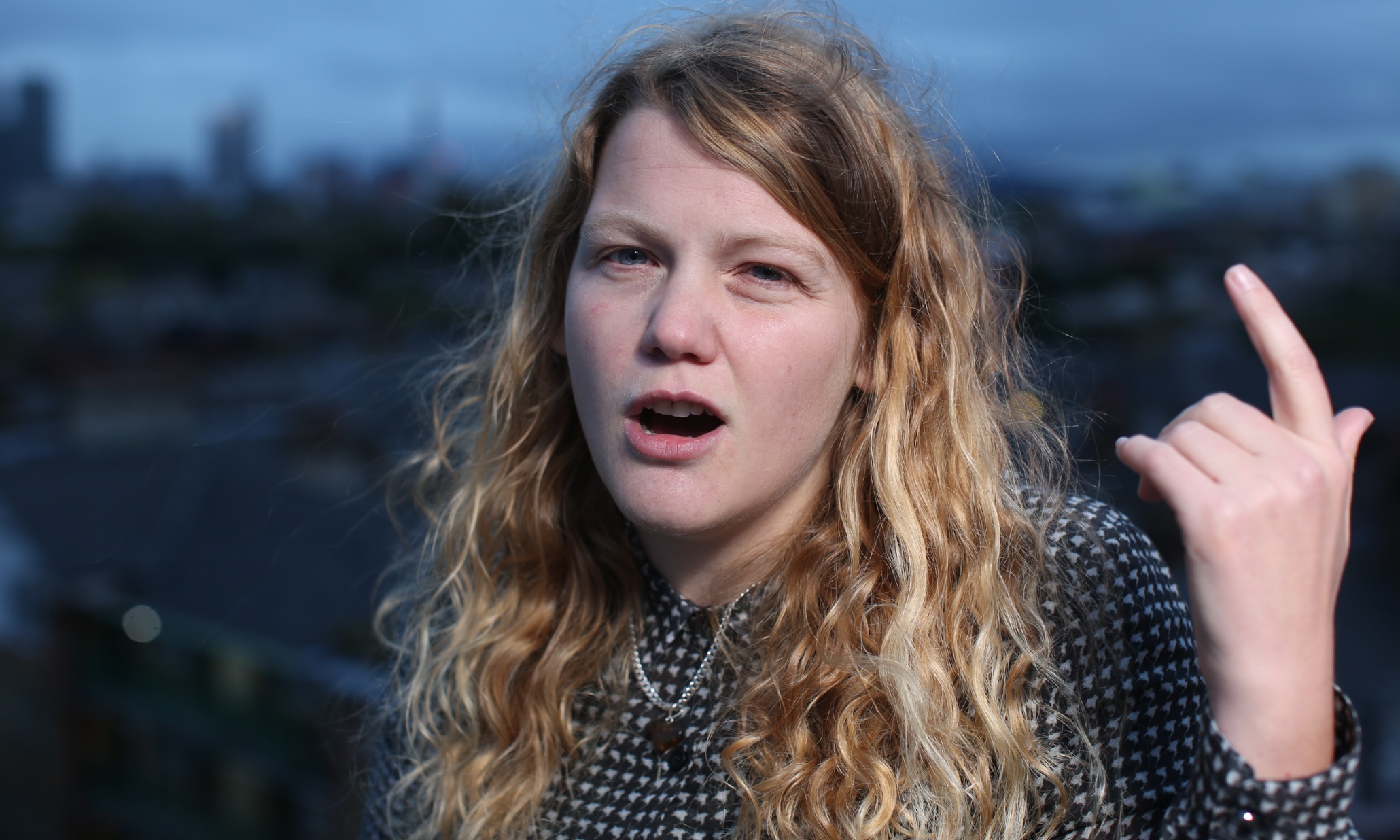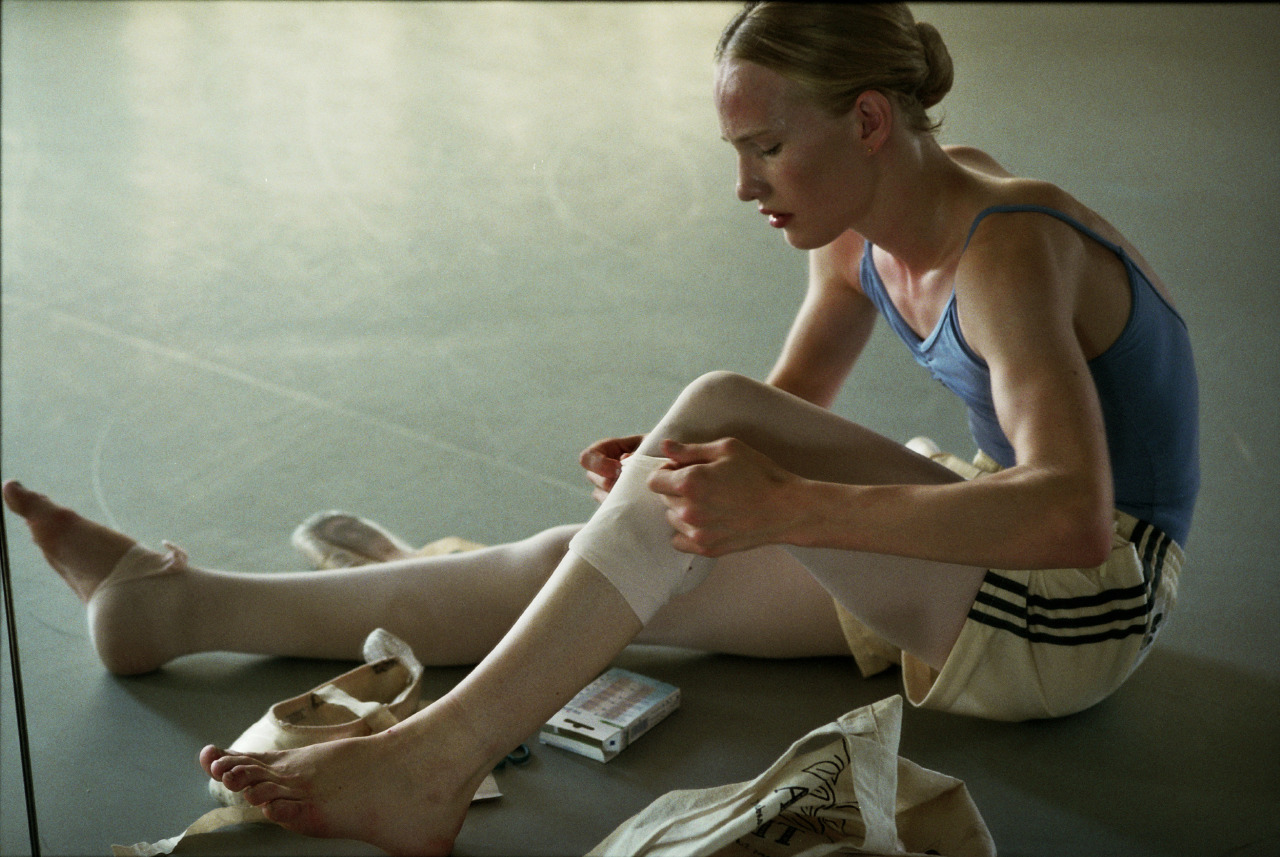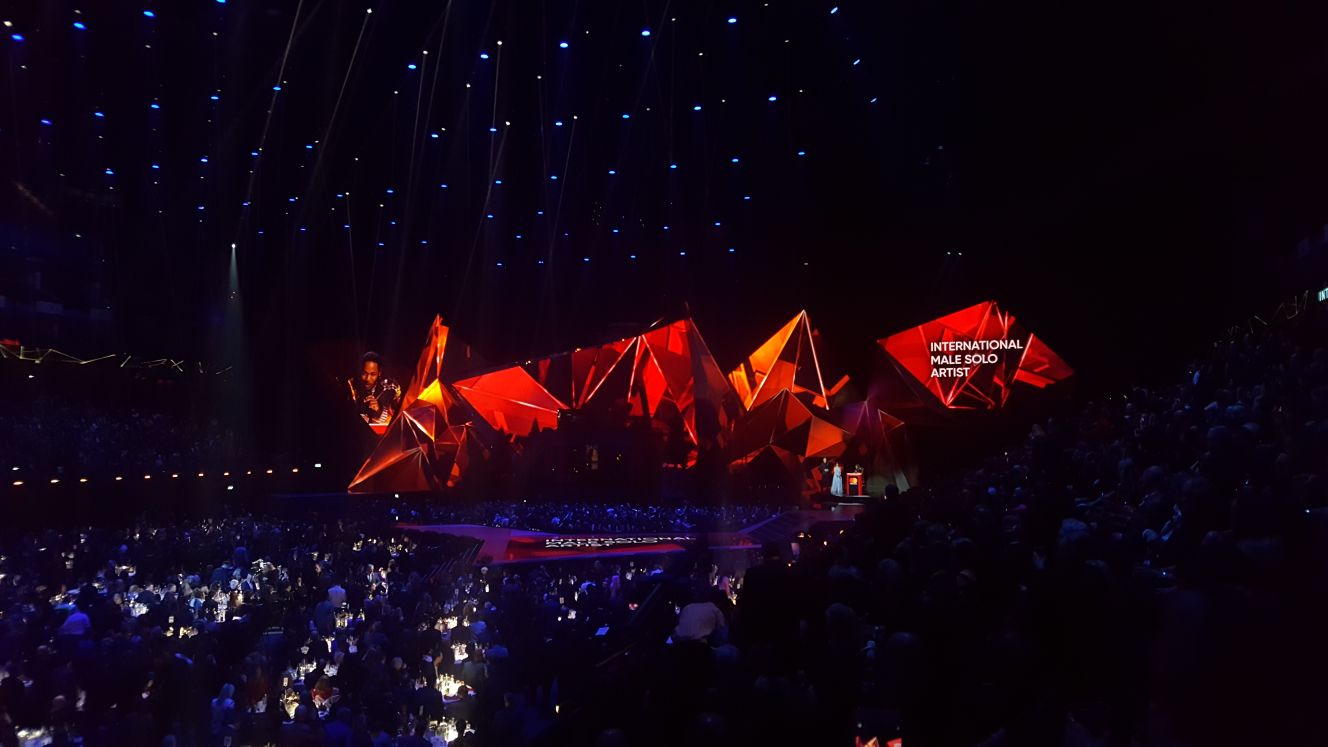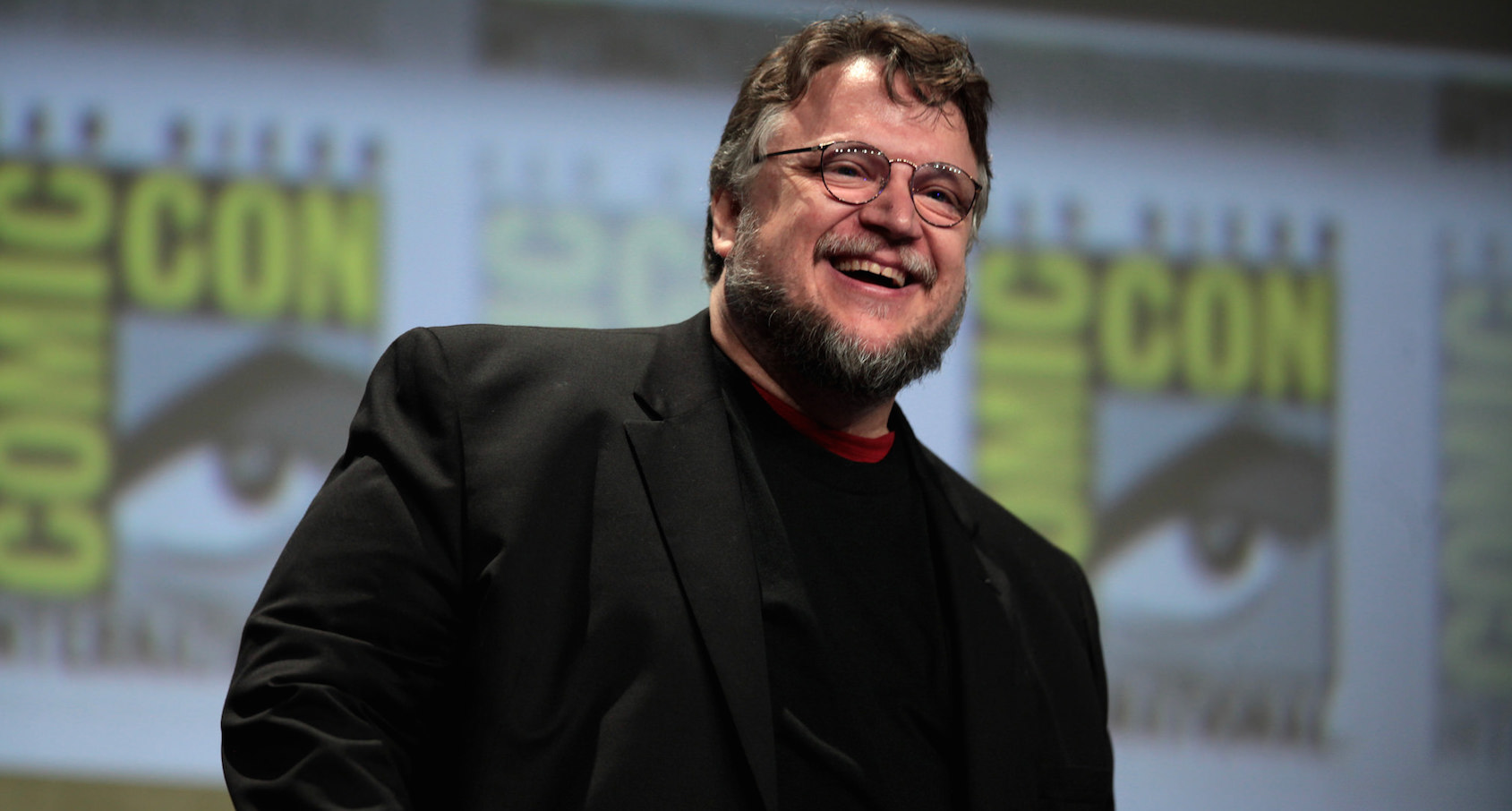Spoken word is an art form that often evades definition or categorisation, and that is no bad thing. Regularly viewed as distinct from, although closely associated with, written poetry, it also has strong links with music. This is most apparent in hip-hop, and many spoken word artists are also MCs, many of whom wouldn’t be averse to their work be described as a style of poetry. Def Poetry Jam was a show that aired in the noughties hosted by Mos Def and showcased countless talented spoken word artists and poets, interspersed with well-known figures from the music industry like Kanye West, Eryka Badu and Common. Poetry slams also partake in this melding of art forms. Anyone who has attended Poets vs MCs, a staple of the Brighton cultural calendar, will be well aware of the crossover of styles and performances between the two teams. So the links and crossover between spoken word and music is well established, but a less well explored link is with theatre, and it would not be a stretch to say that spoken word is in itself a form of theatre. This is well-embodied by Kate Tempest (director for Brighton Festival 2017).
A multi-faceted artist, she started out melding hip-hop with spoken word, before adding playwright and later novelist to her CV. None of these forms of expression are isolated though, but are instead entwined and interlinked. Anyone who has seen her perform a spoken word set can testify to the visceral energy that stems from the stage. Her show at Glastonbury this year was the epitome of this – a 10 minute set that melded new pieces with older ones from both her poetry and music back catalogue. The pieces were stitched together into one grand over-arching performance. Tempest stormed about the stage clutching the microphone and performing the words. Both sight and sound are essential to the show, the whole thing builds into a powerhouse of emotion and depth in a way that is undeniably theatre. Tempest authored her first play Wasted in 2012, the same year her extended spoken word piece Brand New Ancients was performed at the Battersea Arts Centre before being taken on tour backed by musicians. This again was a show, a piece of theatre as well as spoken word, and the printed poem would go on to win the Ted Hughes Prize for poetry.
The fact the same piece of art was effective over multiple platforms shows either the malleability of a great work of literature, or the way it can transcend generic and categorical limitations. Ultimately Tempest represents not just the way in which different branches of the arts are intertwined, but also the way that whilst categorisation can be useful it can also be limiting and in some cases inaccurate.
Art is supposed to challenge and provoke, to carve out new paths rather than simply tread water – it is why Shakespeare is so often reimagined and reinvented. A sound knowledge of an art form and of the greats who helped create and shape it can only be a good thing – Tempest has spoken of her influences such as Beckett, Shakespeare and Wu-Tang Clan – but this knowledge cannot be a limiting thing. It must be used as a basis to build from rather than rest upon. For art to evolve it must test preconceived notions of what is expected of it, and it must push at generic boundaries within the art form it belongs to. Even more that this though, it can challenge the divisions between art forms themselves, and spoken word is at the cutting edge of that.





